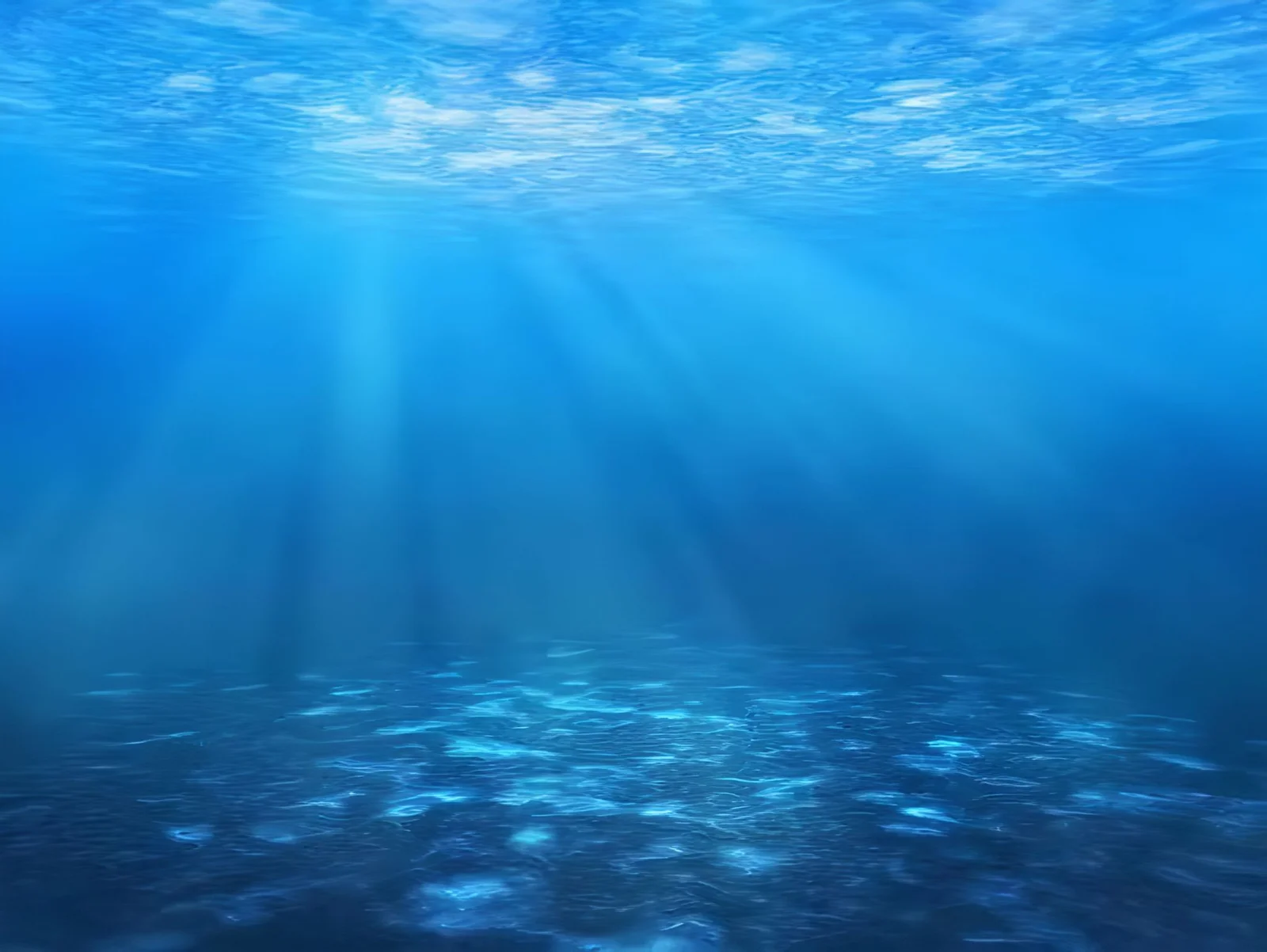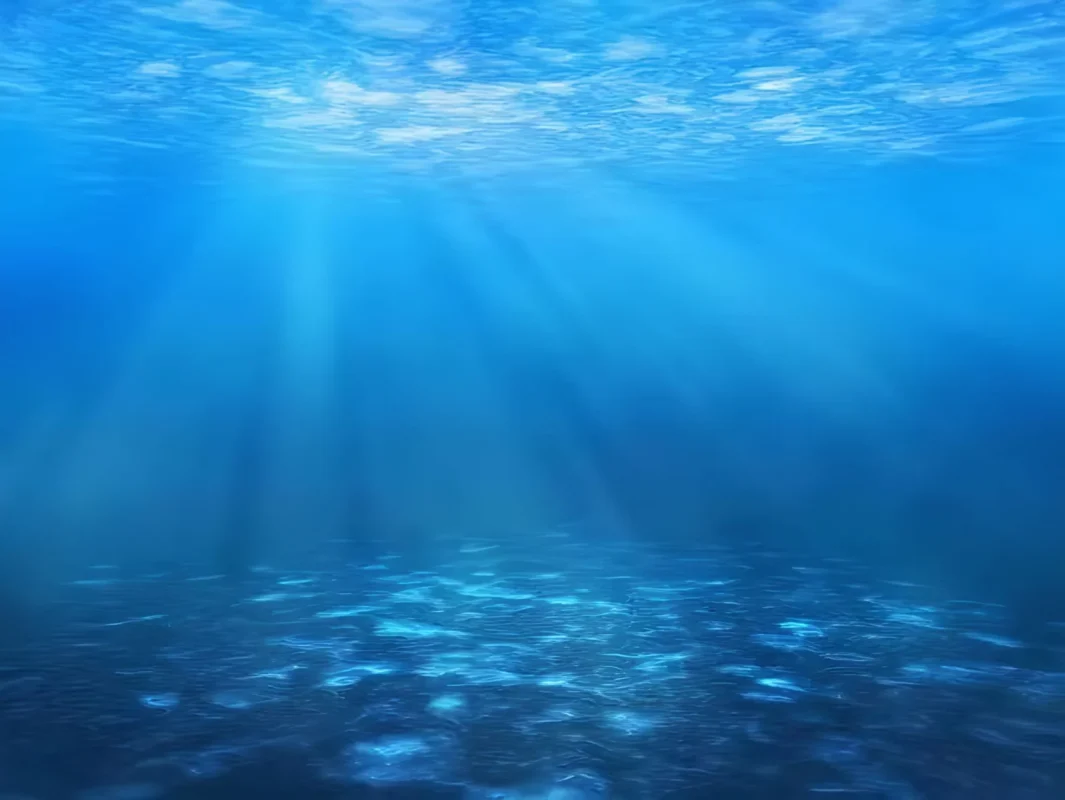How Does Pearl Diving Source Our Oceanic Treasures?

Have you ever wondered what it takes to uncover nature’s exquisite gems from the ocean’s depths? Pearl diving, a practice steeped in history and mystery, invites us into a world where beauty and resilience converge. As lovers of luxury goods, we find ourselves drawn to pearls not just as accessories but as stories waiting to be told. What lies beneath the surface of this age-old tradition, and how does it continue to shape the world of pearl jewelry today?
The History and Evolution of Pearl Diving
The Origins of Pearl Diving
Pearl diving’s roots extend back more than 2,000 years, from the shores of the Arabian Peninsula to the coastal waters of Japan. Historically, divers relied on simple tools and their own breath-hold diving skills to retrieve these ocean treasures—a testament to human ingenuity and grit. According to the Smithsonian Magazine, this tradition has molded cultural practices across various regions, blending traditional methods with modern ones.

Technological Advancements in Pearl Diving
In the modern age, pearl diving has evolved significantly. The introduction of the diving helmet in the 19th century marked a revolutionary shift, allowing divers to delve deeper than ever before. More recently, innovations like scuba diving equipment and automated diving systems highlight the ongoing quest to balance preservation with the pursuit of these stones of organic beauty. As stated by the Jewelers of America, advancements have made diving safer while increasing yields.
The Art and Science Behind Cultivating Pearls
Understanding Pearl Formation
Pearls form inside mollusks, primarily oysters, through a surprisingly elegant natural process. When an irritant enters the mollusk, it secretes layers of nacre around the intruder to protect itself. Over time, this builds up to form a pearl. This intricate process remains a marvel of nature’s artistry, a testament to the ocean’s ability to create unparalleled beauty.
Environmental and Ethical Considerations
While pearl diving evokes images of adventure and discovery, it also raises important ethical and environmental questions. Sustainable practices are now at the forefront, aiming to protect marine life and local ecosystems. According to the World Wildlife Fund, responsible pearl farming could serve as a model for other marine industries, emphasizing the need for balance between luxury and environmental stewardship.

Pearl Diving Across the Globe
Iconic Regions and Their Pearls
Different regions are renowned for unique pearl varieties, each with distinct characteristics. Japan’s Akoya pearls are praised for their luster and symmetry, while Tahitian pearls are coveted for their dramatic black hues. Exploring these cultural hotspots gives consumers a deeper appreciation for the diverse origins of their jewelry.
Modern Pearl Diving Destinations
Today, divers search the seas from the Great Barrier Reef to the warm waters of French Polynesia, each site offering its own set of challenges and rewards. The experience of diving in these locales not only provides breathtaking visuals but also deepens one’s connection to the legacy of pearl harvesting.
Conclusion: The Enduring Magic of Pearl Diving
Pearl diving, with its rich tapestry of history, technology, and artistry, continues to captivate imaginations worldwide. As we adorn ourselves with these stunning gems, we celebrate not just their aesthetic appeal but the timeless stories they embody. Indeed, the allure of pearl diving lies not only in the jewels themselves but in the journey they represent—one of nature’s most beautiful mysteries waiting to be discovered beneath the ocean waves.
In examining pearl diving from every angle, we acknowledge the nuanced elements that make this practice both enchanting and complex, reflecting our ongoing fascination with the depths from which beauty emerges.
